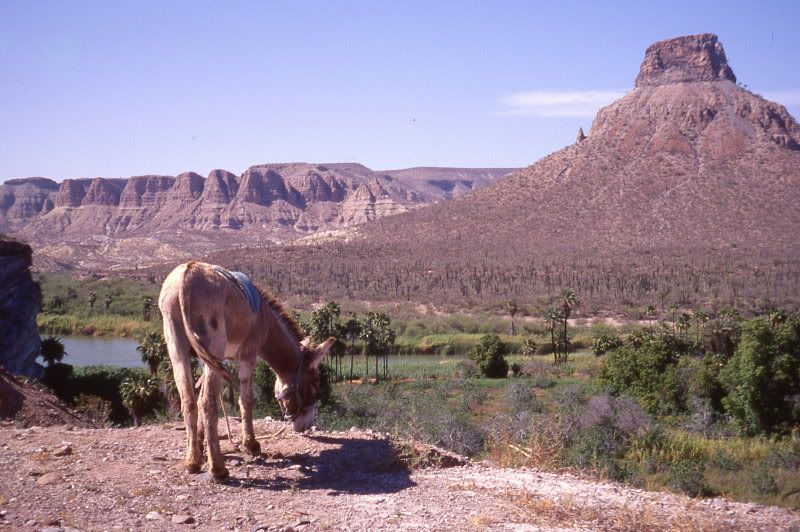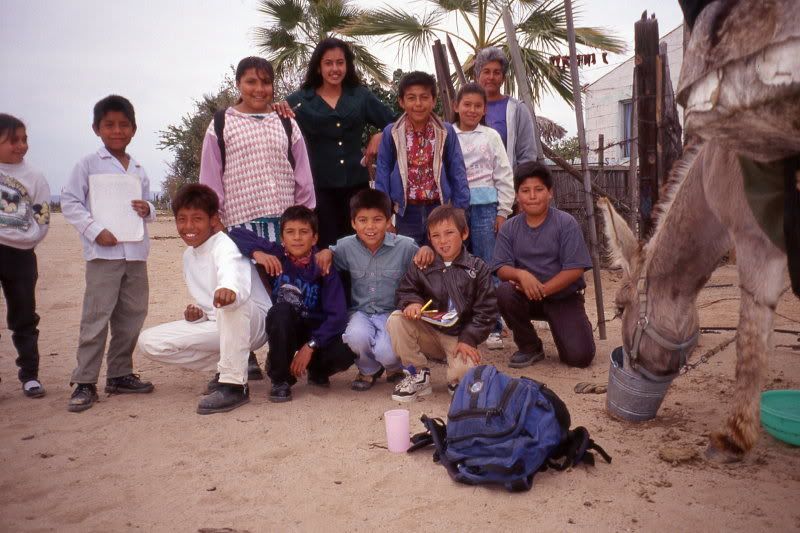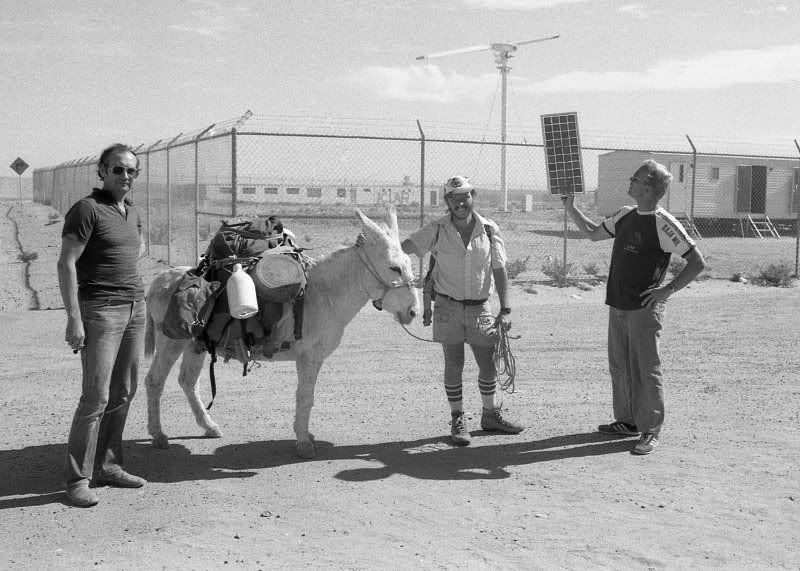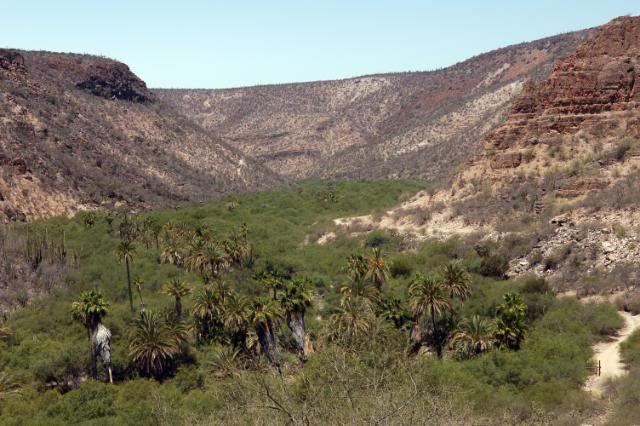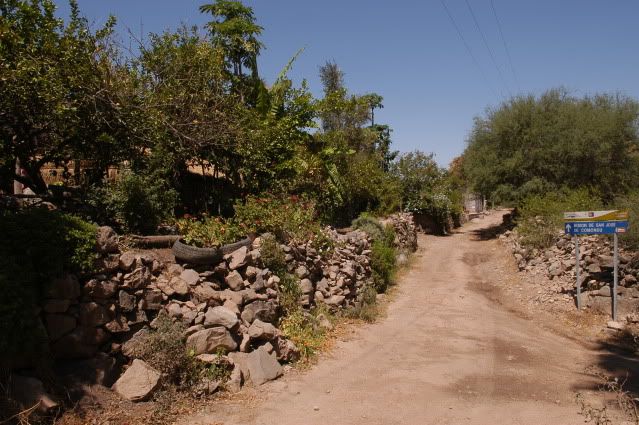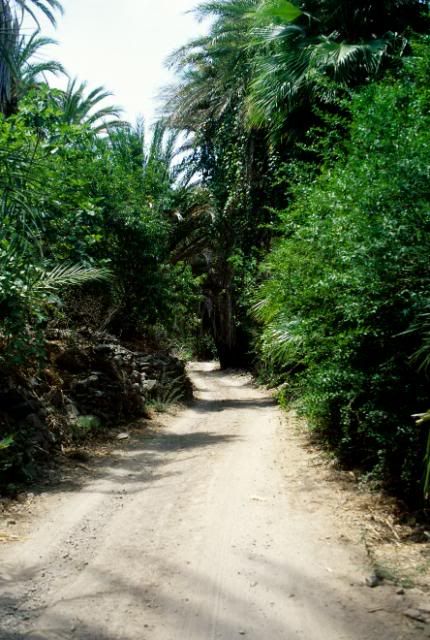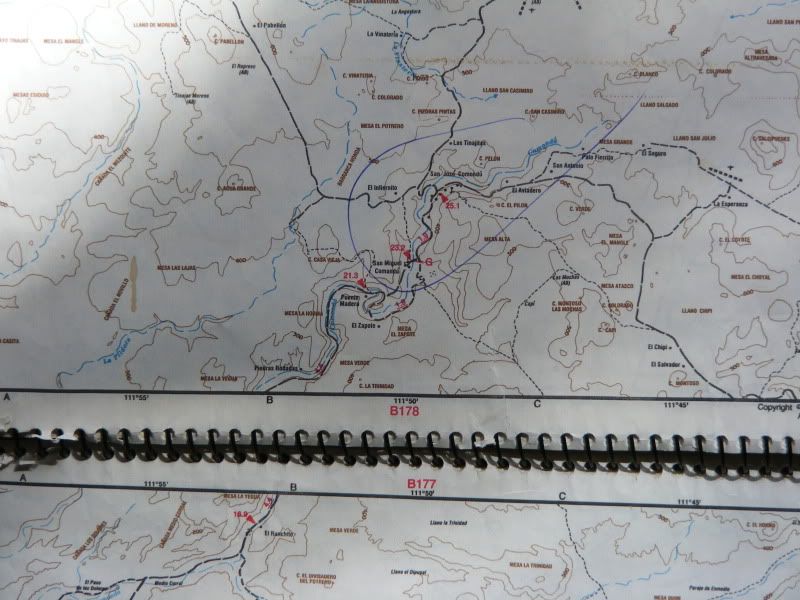Originally posted by Paulina
| Quote: | Originally posted by BajaBlanca
What he said when he was here: He wants to keep DonKay who really IS the coolest burro ever ... so, a while ago he was asking what the terms for
taking him across the border are ? can he just ride her across ? he thought that wd be kinda fun. His main concern is whether DonKay needs to be
quaranteened and if so, for how long and where, but I don't have the answers to those questions. |
It sounds like Mike will have some homework to do to take DonKay stateside, but it can be done. Hope this info helps.
http://www.aphis.usda.gov/import_export/index.shtml
APHIS imposes precautions to keep out several equine diseases,[33] including glanders, dourine, equine infectious anemia (EIA), equine piroplasmosis
(EP), Venezuelan equine encephalitis (VEE), and contagious equine metritis (CEM). APHIS also checks horses to prevent the introduction of ticks and
other parasites.
Per APHIS,[33] (U.S. Dept. of Ag. Animal and Plant Health Inspection Service) Horses from Mexico must have a health certificate; pass negative tests
for EIA, dourine, glanders, and EP at a USDA import center; and undergo precautionary treatments for external parasites at the port of entry. Horses
from other Western Hemisphere countries must have the same tests as those from Mexico and, except for horses from Argentina, must be held in
quarantine for at least 7 days as a check for VEE.
APHIS imposes similar testing and certification requirements on horses from other parts of the world but without the quarantine for VEE. These horses
are held in quarantine—usually 3 days—or until tests are completed. Because the disease equine piroplasmosis (equine babesiosis) is endemic in Mexico
but not established in the United States,[35] transportation of horses from Mexico to the United States requires evaluation of horses for the presence
of this disease.
Transportation of horses from Mexico to the United States normally requires at least 3 days in quarantine, which is incompatible with most
recreational equestrian travel across the border. A leading exception to this rule is the special waiver obtained by riders participating in the
Cabalgata Binacional Villista (see cavalcade).
P<*)))>{ |



















 "
"





























